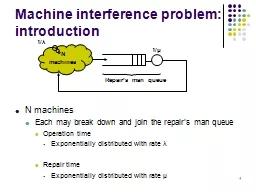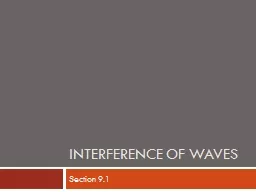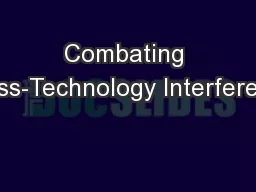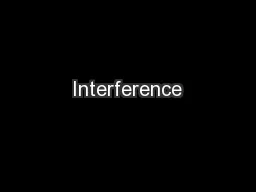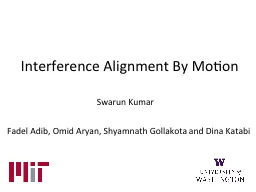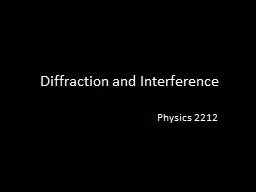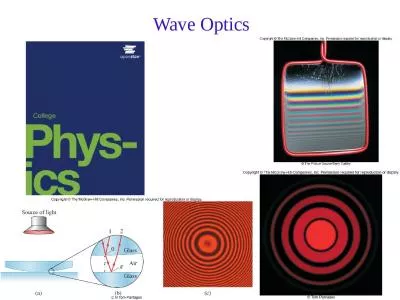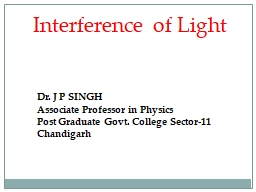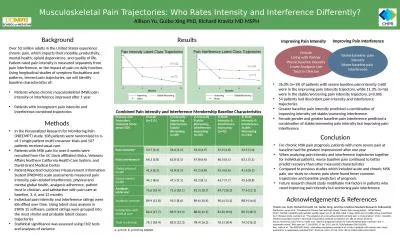PPT-1 Machine interference problem: introduction
Author : cheryl-pisano | Published Date : 2017-06-08
N machines Each may break down and join the repairs man queue Operation time Exponentially distributed with rate λ Repair time Exponentially distributed with
Presentation Embed Code
Download Presentation
Download Presentation The PPT/PDF document "1 Machine interference problem: introduc..." is the property of its rightful owner. Permission is granted to download and print the materials on this website for personal, non-commercial use only, and to display it on your personal computer provided you do not modify the materials and that you retain all copyright notices contained in the materials. By downloading content from our website, you accept the terms of this agreement.
1 Machine interference problem: introduction: Transcript
Download Rules Of Document
"1 Machine interference problem: introduction"The content belongs to its owner. You may download and print it for personal use, without modification, and keep all copyright notices. By downloading, you agree to these terms.
Related Documents

